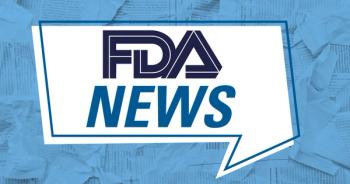
USPSTF updates guidelines on medication for breast cancer risk reduction
In an update of its 2002 recommendation on use of medications for breast cancer risk reduction, the U.S. Preventive Services Task Force (USPSTF) is encouraging informed decision-making and cautioning against use of medications for prevention in women who are not at increased risk of the disease.
In an update of its 2002 recommendation on use of medications for breast cancer risk reduction, the U.S. Preventive Services Task Force (USPSTF) is encouraging informed decision-making and cautioning against use of medications for prevention in women who are not at increased risk of the disease.
Published in
The USPSTF Panel found adequate evidence that tamoxifen and raloxifene reduce incidence of invasive breast cancer by 7 to 9 events per 1000 women over 5 years, and the impact was greater for tamoxifen. The drug also fpimd tp reduce incidence of invasive breast cancer in premenopausal women at increased risk. Women with an estimated 5-year risk of >3% are the most likely to benefit from risk-reduction medication.
However, both tamoxifen and raloxifene do carry potential risks. The drugs increased the likelihood of venous thromboembolism by 4 to 7 events per 1000 women over 5 years. Risk of endometrial cancer with tamoxifen was increased by 4 cases per 1000 women. Women aged 50 and older and those with a uterus were more likely to suffer from these adverse effects.
To get weekly advice for today's Ob/Gyn,
Newsletter
Get the latest clinical updates, case studies, and expert commentary in obstetric and gynecologic care. Sign up now to stay informed.










